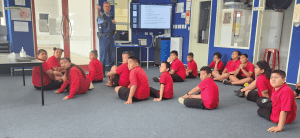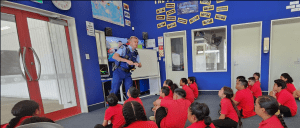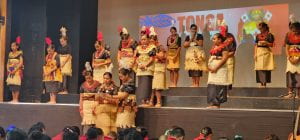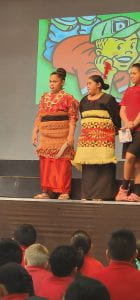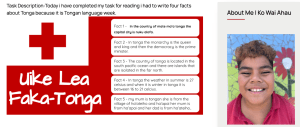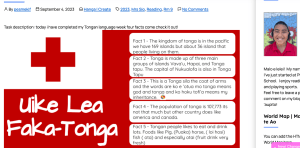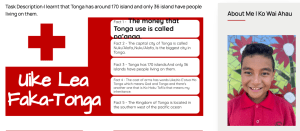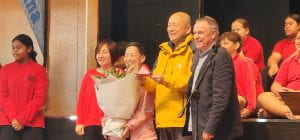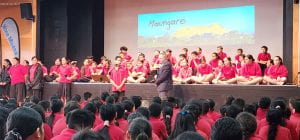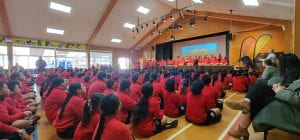Our reading group read a text called ‘Building a Wharenui’ by Dougal Austin. It was full of interesting facts, such as:
- The kaikaranga (welcome ceremony) is performed at the front of the wharenui.
- The wharenui represents an ancestor.
- Each part of the wharenui represents important aspects of tangata whenua culture
We examined the design thinking process behind building a wharenui through an inquiry lens. We learned that whakairo (carving) begins 3-10 years before construction, and that no nails are used; instead, rope and wood hold the wharenui together.
Check out Ofili’s design of the wharenui (created in Tinkercad) and his recording of the building process in iMovie.
http://Ofili’s blog
Task Description:Today i created my WhareNui by using a website called Tinker Cad i had to make a WhareNui,by using all the different objects and features.
